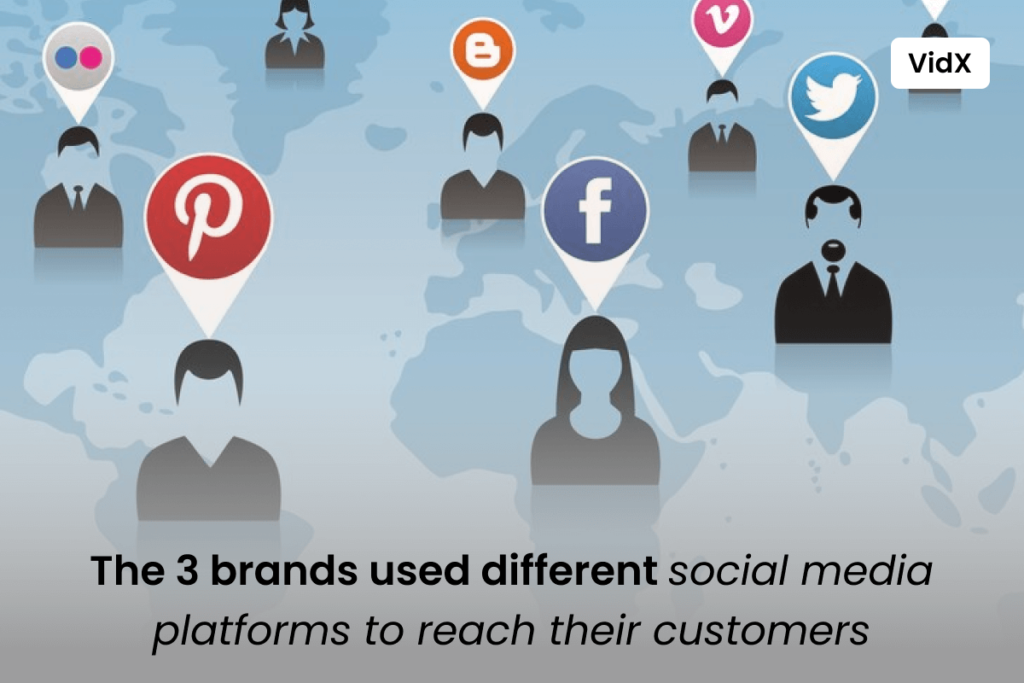Congratulations! You’ve successfully attracted potential customers to your product page, the pivotal point in their journey. Now, the challenge is to instill a sense of trust and credibility that assures them they’re making the right choice.
In this article, we’ll explore the various elements crucial for building trust in e-commerce and provide actionable tips on where and how to incorporate them to enhance your product page conversion rates.
1. A Modern, Attractive E-Commerce Site
Ensure your website is not only welcoming but also modern and visually appealing. An outdated and cluttered site may raise doubts about your business. Speedy loading times are essential for a positive user experience, reinforcing the principle of appreciation from Cialdini’s persuasion strategies.

2. Regularly Updated E-Commerce Site
Consistent updates to your blog or news page demonstrate that your business is active and healthy. A stagnant blog can erode trust, while a lively and regularly updated site signals reliability and commitment.

3. About Us Page
Create an engaging “About Us” page, showcasing the human side of your business. Introduce your team with photos and brief bios, emphasizing transparency and authenticity. This aligns with the principle of appreciation, fostering a connection between customers and your brand.

4. Contact Information
Display clear and easily accessible contact information, including a customer service number, email address, and, if applicable, a physical address. This reassures customers that they can reach out if needed, establishing your business as trustworthy.

5. FAQ Section
Anticipate customer questions by incorporating a Frequently Asked Questions (FAQ) section. Addressing potential concerns directly on the product page builds trust and removes objections that may hinder the purchasing decision.

6. Labels and Certifications
Leverage the authority principle by showcasing relevant labels and certifications your business has earned. This builds credibility and demonstrates your products’ legitimacy, assuaging any lingering doubts customers may have.

7. Media Coverage
Displaying media coverage on your site further establishes authority and credibility. Positive mentions from reputable sources enhance your brand’s perceived value and reliability.

8. Payment Information
Communicates secure payment options, highlighting logos of accepted payment methods. Offering multiple secure payment options and prominently displaying this information alleviates customers’ fears of potential scams or data breaches.

9. Satisfaction Guarantee
Implement a satisfaction guarantee, such as a 30-day return policy, to build confidence in your products. The longer the guarantee, the more it serves as a powerful selling point, signaling your belief in the quality of your offerings.

10. Delivery Information
Clearly present delivery details, including costs, timelines, and carrier information. As delivery is a top concern for online shoppers, transparent information on your product pages addresses a crucial aspect of trust.

11. UGC and Customer Reviews
Incorporate user-generated content (UGC) and customer reviews to provide social proof. Real testimonials and images from satisfied customers enhance trust and influence potential buyers positively.

12. Loyalty Program
A loyalty program not only serves as an incentive but also boosts trust. It signals a commitment to long-term relationships, showcasing that your brand values customer loyalty and offers tangible benefits.

13. Sizing App
For apparel brands, a sizing app is a game-changer. Eliminate the guesswork for customers by recommending the ideal size based on their preferences and body measurements, significantly reducing the likelihood of returns and enhancing trust.

By strategically integrating these trust elements into your e-commerce product pages, you’ll create a more reassuring and credible online shopping experience, ultimately driving higher conversion rates.




